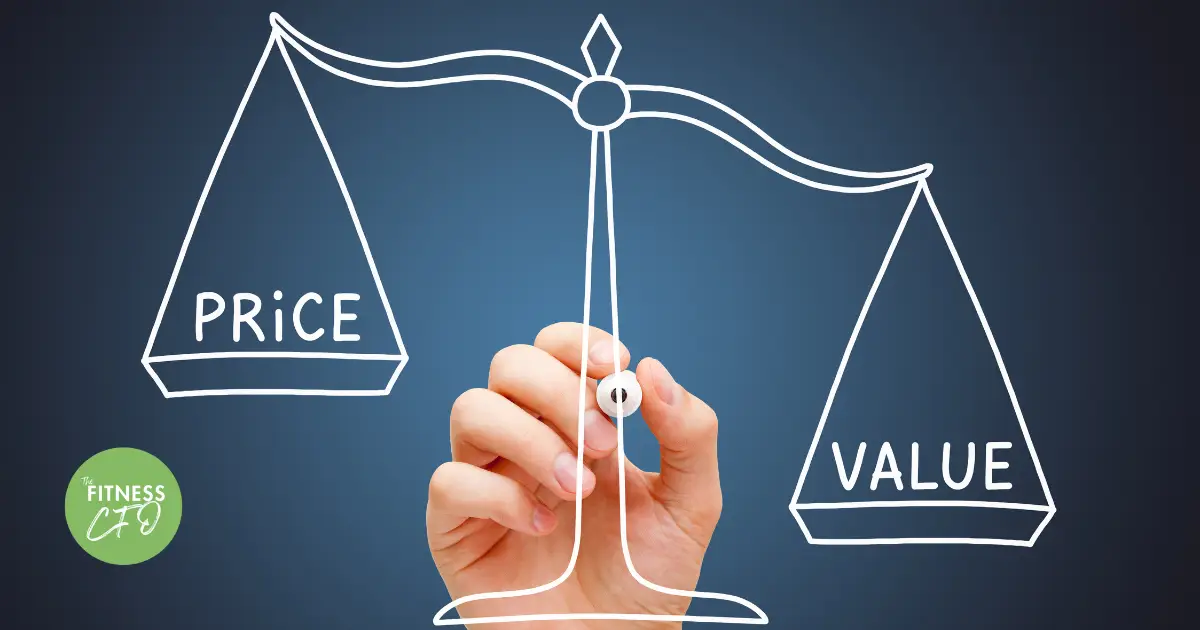Running a boutique gym isn’t just about coaching sessions, community, and fitness results—it’s also about keeping your business financially healthy. The reality is, many gym owners underestimate their true operating costs, leading to thin profit margins and cash flow struggles.
At The Fitness CFO, we help gym owners understand their costs, optimize spending, and improve profitability. In this guide, we’ll break down the real expenses of running a boutique gym and how you can cut unnecessary costs without sacrificing quality.
Breaking Down the True Costs of Running a Boutique Gym
Just like tracking member progress, you need to track where every pound in your business goes. Let’s look at the major cost categories that impact your bottom line.
1 – Fixed Costs (Expenses That Stay the Same Each Month)
These are the non-negotiables—your big-ticket costs that don’t change, no matter how many members you have.
💰 Common Fixed Costs:
✔ Rent & Utilities: The single largest expense for most gym owners.
✔ Payroll: Coaches, front desk staff, cleaning crew.
✔ Software & Subscriptions: Gym management software, marketing tools, accounting software.
✔ Insurance & Licenses: Public liability insurance, professional indemnity, and business licenses.
🔹 How to Optimize Fixed Costs:
🚀 Negotiate rent: If you’ve been in your location for a while, ask for a lease review.
🚀 Streamline payroll: Evaluate coach schedules and class sizes to maximize efficiency.
🚀 Review software costs: Are you paying for tools you don’t need? Consolidate where possible.
2 – Variable Costs (Expenses That Change with Business Activity)
These fluctuate based on member numbers, service offerings, and seasonal trends.
📊 Common Variable Costs:
✔ Equipment Maintenance & Upgrades: Replacing worn-out weights, repairing rigs, updating treadmills.
✔ Marketing & Advertising: Paid ads, social media campaigns, referral programs.
✔ Merchandise & Retail: Apparel, supplements, water bottles, branded gear.
✔ Cleaning & Supplies: Sanitation products, towels, facility upkeep.
🔹 How to Optimize Variable Costs:
📉 Buy refurbished or lease equipment instead of purchasing new.
📉 Run high-ROI marketing campaigns (referrals, partnerships, community events).
📉 Track merchandise sales—only stock what actually sells!
3 – Hidden Costs (The Expenses Gym Owners Forget to Plan For)
❗ Unexpected costs can crush cash flow if you don’t prepare for them.
🛠 Common Hidden Costs:
✔ Emergency Repairs: A broken treadmill or a plumbing issue can quickly rack up costs.
✔ Slow Seasons: Summer slumps, holiday drop-offs, unexpected cancellations.
✔ Staff Turnover: Hiring, onboarding, and training new coaches.
🔹 How to Prepare for Hidden Costs:
💡 Create a cash reserve: Aim for at least 3-6 months of operating expenses saved.
💡 Offer prepaid memberships: Encourage annual commitments for upfront cash flow.
💡 Diversify revenue streams: Think PT packages, workshops, online coaching.
How to Cut Costs Without Compromising Quality
The key to cutting costs isn’t just spending less—it’s spending smarter.
✅ Evaluate ROI on Everything
- If you’re spending £1,500 on ads but only converting five members, it’s time to rethink.
- Focus on high-converting strategies like referrals and partnerships.
✅ Outsource Smartly
- Do you really need a full-time marketing agency or can you hire a freelancer?
- Automate tasks to reduce administrative overhead.
✅ Leverage Technology
- Use AI-driven scheduling software to optimize class capacity.
- Automate billing, invoicing, and follow-ups to reduce manual labor costs.
Final Thoughts: Build a Profitable, Efficient Gym
The true cost of running a boutique gym goes beyond rent and payroll. Tracking expenses, cutting unnecessary costs, and optimizing operations will help you maximize profit without sacrificing member experience.





